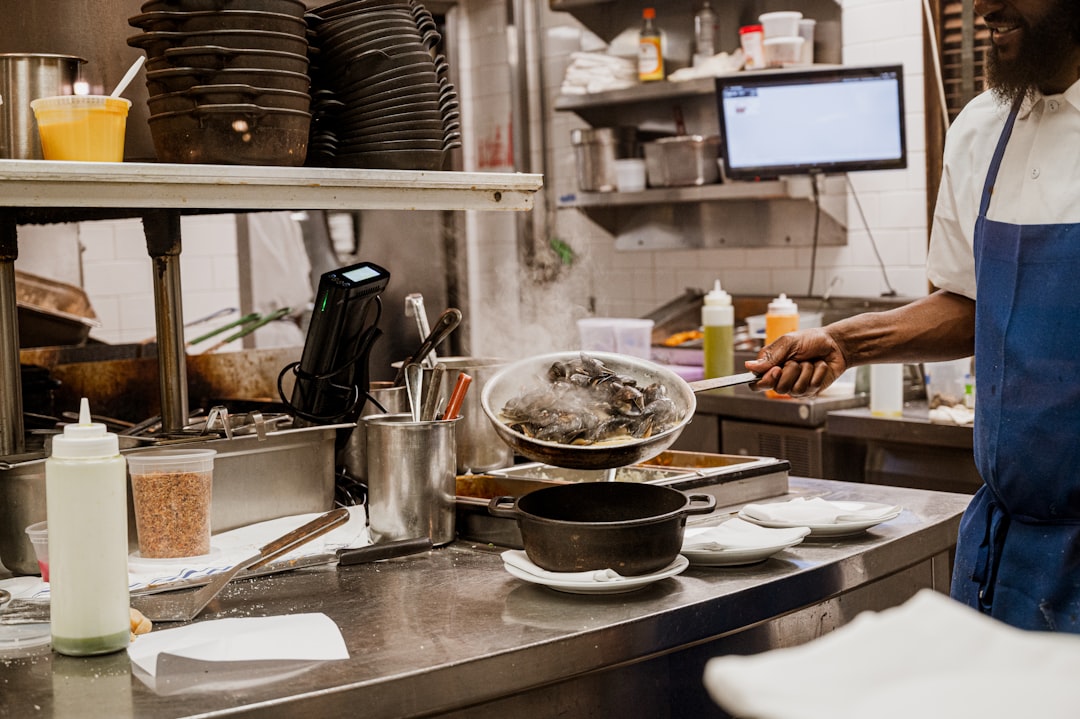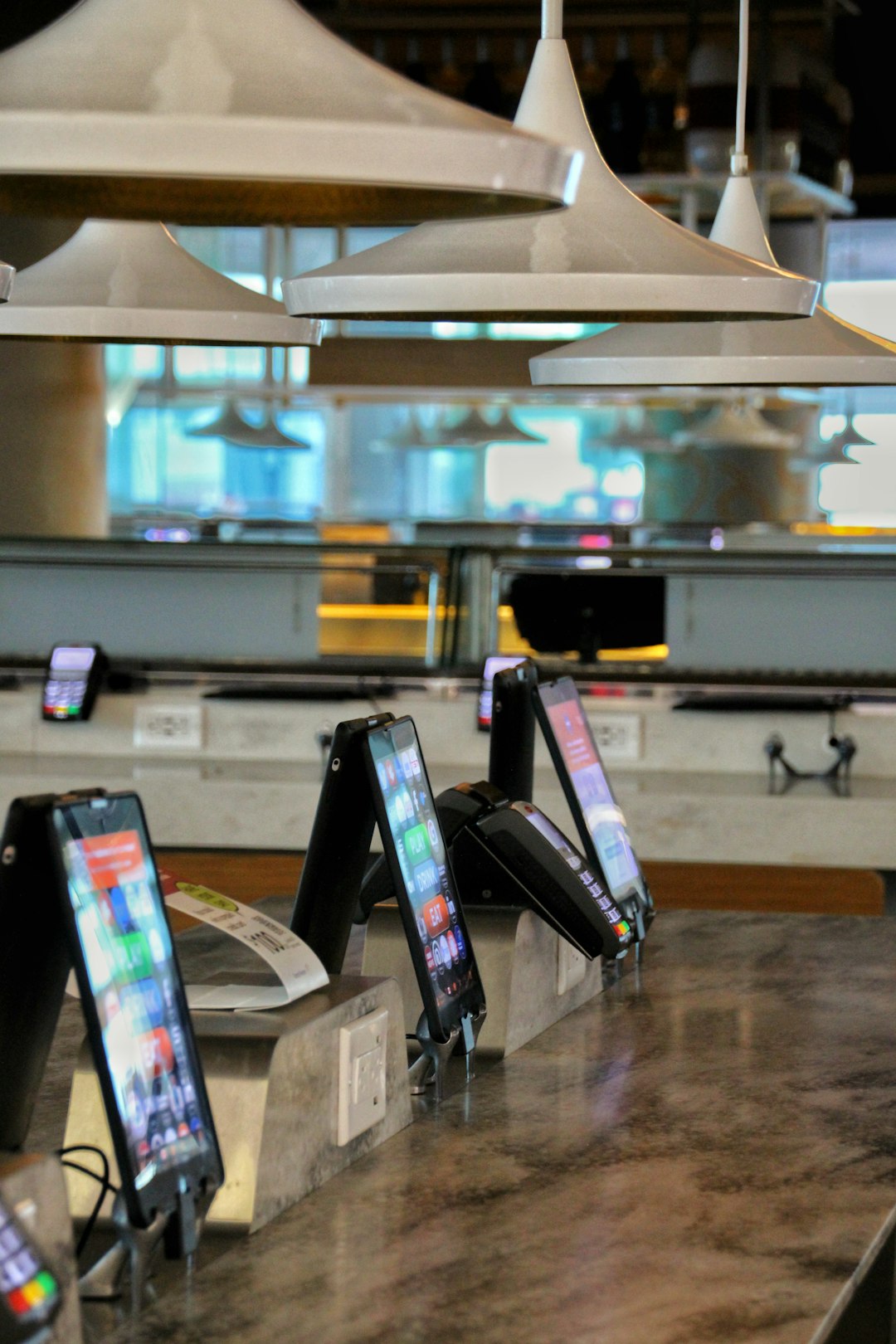Running a restaurant is no easy feat. Between juggling kitchen operations, front-of-house service, and supply logistics, restaurant owners are constantly searching for ways to streamline processes and maximize efficiency. With the growing complexity of the food service industry, it’s no surprise that 6 out of 10 restaurant owners now rely on restaurant management systems for inventory and staff control. These digital platforms are revolutionizing how eateries operate, and they’re quickly becoming an indispensable tool in the competitive dining landscape.
Contents of Post
The Need for Smarter Management
In the past, many restaurants managed their operations using traditional pen-and-paper methods or basic spreadsheets. While these techniques worked for a time, they often led to inaccuracies, forgotten tasks, or even lost revenue. As dining trends evolved and customer expectations increased, business owners realized they needed more reliable, data-driven methods to stay afloat and thrive.
Restaurant management systems (RMS) offer a powerful solution. These platforms integrate essential operations — such as inventory tracking, employee scheduling, sales reporting, and supplier communication — into one centralized system. The result? Improved accuracy, reduced waste, enhanced staff productivity, and data-driven insights that drive growth.

Why Are Restaurant Owners Making the Switch?
The shift toward digital transformation in the food service industry can be attributed to a few key pain points that RMS platforms are addressing particularly well. Here’s why a growing number of restaurant owners are taking the plunge:
1. Improved Inventory Accuracy
One of the largest challenges restaurants face is keeping track of inventory. Over-ordering can lead to spoiling and waste, while under-ordering creates shortages that impact customers and revenue. Manual tracking can result in miscounts or missed items, especially in fast-paced environments.
With a restaurant management system, inventory updates in real-time. Ingredients are deducted automatically as dishes are sold, and alerts are sent when stock runs low. This efficiency prevents losses and ensures that restaurants are always prepared to meet demand.
2. Streamlined Staff Management
Labor is one of the most significant costs for any restaurant. That’s why managing staff hours, roles, and performance is mission-critical. RMS tools enable restaurant managers to create schedules based on forecasts, monitor attendance, and evaluate employee effectiveness.
Some platforms even include features like mobile check-ins and automated payroll tracking. This ensures higher accuracy in wages, eliminates buddy-punching, and promotes responsible staffing practices that save both time and money.
3. Data-Driven Decision-Making
Numbers don’t lie, and RMS platforms provide restaurant owners with dashboards and reports that detail sales trends, best-selling items, busiest hours, and more. These insights empower owners to make more informed decisions — for example, identifying underperforming menu items or determining optimal shift schedules for staff.

4. Enhanced Supplier Management
Tracking vendor deliveries and managing invoice discrepancies becomes a hassle without a centralized system. Restaurant management tools allow businesses to monitor supplier performance, compare pricing, store invoices, and reorder with ease. This ensures that owners always get the best deals and maintain quality partnerships.
5. Compliance and Hygiene Monitoring
Ever-changing food safety regulations can be hard to stay on top of. RMS software often comes with customizable checklists that help establishments maintain proper hygiene, meet audit requirements, and track cleaning schedules. Having digital records assists in proving compliance during inspections.
Impact on the Bottom Line
Investing in restaurant management software might seem like a luxury for small restaurants or new operators. However, studies have shown that restaurateurs who adopt RMS tools report an average reduction of 15-20% in operational costs after implementation. From minimizing food waste to optimizing shift patterns, these small gains add up quickly.
Not only does RMS improve daily efficiencies, but it also reduces the stress and chaos that can come from handling too many responsibilities. When technology picks up the slack, owners can focus more on delivering great dining experiences and building customer loyalty.
Challenges in Adoption
Despite its advantages, not every restaurant owner is quick to embrace management technology. Some cite high upfront costs, steep learning curves, or resistance from older staff members as barriers. However, most modern platforms are designed for user-friendly navigation and offer tiered pricing levels that cater to all types of businesses — from single-location cafes to multi-branch franchises.
Training and onboarding also continue to improve. Many platforms provide demo accounts, video tutorials, and customer support to ease the transition. Once in place, the benefits tend to outweigh the initial hurdles, leading to long-term loyalty to the system.
Conclusion
The restaurant industry is more dynamic and challenging than ever before. In such a demanding environment, efficiency is the currency of success. That’s why a growing number of restaurant operators are choosing to embrace digital tools like restaurant management systems. These platforms don’t just simplify operations — they enable owners to scale smarter, reduce waste, and elevate their entire customer experience.
As technology continues to evolve, restaurants that stay ahead of the curve will be better equipped to thrive in an increasingly competitive landscape. With six out of ten owners already making the switch, the question isn’t whether restaurants should adopt RMS — it’s when.
Frequently Asked Questions (FAQ)
-
What exactly is a restaurant management system?
A restaurant management system (RMS) is a digital software platform that integrates key operational functions — such as inventory control, employee scheduling, order processing, and sales analytics — into one interface. -
Is RMS suitable for small restaurants?
Yes, many platforms offer scalable solutions tailored to the needs and budgets of small and mid-sized eateries. These systems can help even the smallest businesses gain better oversight and efficiency. -
How long does it take to implement an RMS?
Depending on the complexity of the restaurant’s operations and the software provider, implementation can range from a few days to a few weeks. Most vendors offer onboarding materials to speed up the process. -
Can an RMS integrate with my existing POS system?
Most modern RMS platforms are designed to integrate with popular POS systems, accounting tools, and third-party software. Verify compatibility before committing to a new system. -
Will employees need training?
Some initial training will be necessary, especially for staff handling inventory or scheduling. However, most interfaces are intuitive and come with tutorials for quick learning. -
How much does a restaurant management system cost?
Pricing varies depending on features, number of users, and restaurant size. Basic packages might start at $30/month, while more advanced, enterprise-level systems may cost several hundred dollars monthly.

